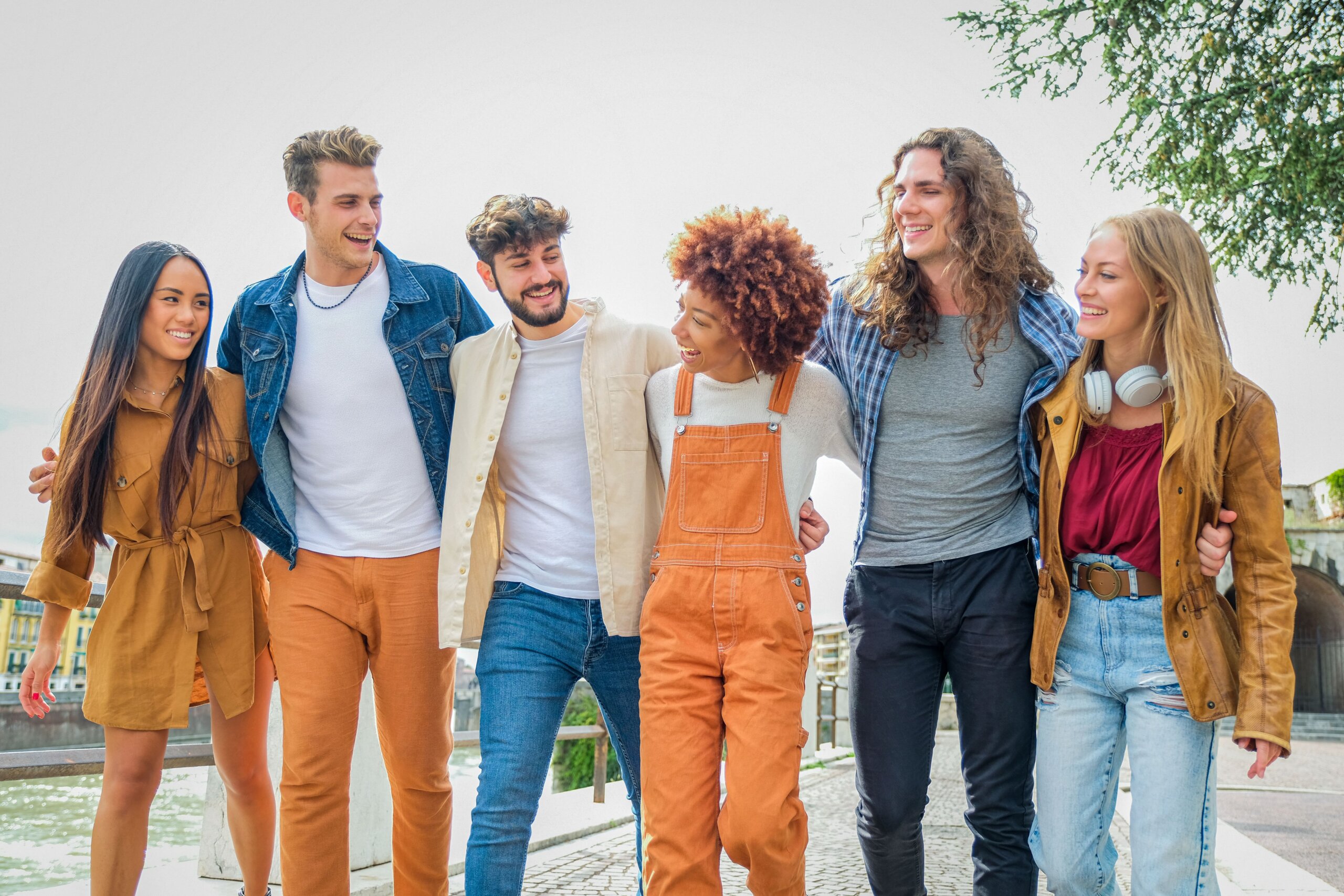
Introduction: Why Footwear Needs a Fit Revolution
While inclusive sizing has made meaningful strides in clothing, footwear is still catching up. From wide widths and orthotic needs to adaptive designs for mobility challenges, the modern consumer is asking for something simple: shoes that fit real feet.
But the market hasn’t always delivered. Whether it’s heels that crush toes or sneakers that ignore orthopedic needs, standard sizing has long prioritized aesthetics over access. As fashion embraces a broader vision of inclusivity, the footwear world is stepping up — with shoes designed to support, adapt, and empower.
1. Wide-Fit Shoes: No More Style Sacrifices
For years, wide-fit shoes were synonymous with outdated styles and orthopedic bulk. Today’s inclusive footwear brands are rewriting that narrative.
What’s Changed:
- Stylish options in wide and extra-wide widths
- Soft, flexible materials that adjust to swelling or bunions
- On-trend silhouettes across heels, sneakers, and sandals
Leading Wide-Fit Brands:
- VIVAIA: Eco-conscious, elegant flats and loafers in wide sizes
- Naturalizer: Timeless, supportive heels and boots for extended widths
- Torrid: Fashion-forward footwear for plus-size consumers up to size 13
With better designs and thoughtful construction, wide-fit shoes no longer mean compromising on style.
2. Adaptive Shoes: Where Function Meets Fashion
Adaptive footwear caters to people with mobility differences, dexterity challenges, and health-related foot needs. The new generation of adaptive shoes is equal parts smart and stylish.
Key Features:
- Zip-around entries that open fully flat
- No-tie, magnetic closures
- Seamless, padded interiors for diabetic or sensitive feet
- Slip-resistant soles and orthotic compatibility
Top Inclusive Footwear Brands:
- Billy Footwear: Game-changing zippers for easy entry
- Friendly Shoes: Discreet adaptive styles with comfort-first design
- Zeba: Hands-free sneakers perfect for seniors or arthritis care
As of 2025, the U.S. adaptive footwear market tops $8 billion — and growing fast, driven by increasing demand across all age groups.
3. Gender-Inclusive and Non-Binary Footwear Collections
Footwear has traditionally been hyper-gendered — women’s styles stop at size 10, men’s designs ignore aesthetic diversity. That’s shifting.
What’s Changing:
- Unisex sizing grids based on foot length and width
- Androgynous designs: loafers, boots, and slides for all identities
- Brands led by LGBTQIA+ designers with inclusivity at the core
Brands to Watch:
- Both&: Queer-led label with gender-inclusive fashion
- Converse: Extended sizing across gender-fluid collections
- Wildling Shoes: Zero-drop shoes in non-gendered ranges
These brands prove that style doesn’t need a gender tag — just good design.
4. Inclusive Footwear for All Seasons
Seasonal footwear often excludes non-standard feet — narrow shafts, inflexible straps, or rigid soles are common offenders.
Inclusive Fixes:
- Extended calf boots with stretch panels
- Adjustable sandals with Velcro or elastic
- Formal shoes with arch support and roomy toe boxes
This shift isn’t seasonal — it’s structural. Footwear designed for all-year wear must work for all feet.
5. Where Glance Fits In: Style Discovery with Real Relevance
Glance doesn’t currently support direct footwear shopping — and it doesn’t recommend shoe sizing or fit. But it does play a powerful role in the inclusive fashion journey.
What Glance Offers:
- Personalized clothing style recommendations that help inform full outfit planning
- Coordination tips that suggest what types of footwear pair best with your look
- A forward-looking discovery experience shaped by your aesthetic and needs
Whether you’re dressing for brunch, work, or a formal night out, Glance’sAI Twin helps you refine your style — and visualize what a cohesive, confident outfit looks like. Even if the shoes come from somewhere else, the idea starts here.
6. Medical-Grade Meets Modern: Health-First Footwear
Foot pain isn’t niche — it’s widespread. That’s why inclusive footwear must also cater to orthopedic and health-related conditions.
Features to Look For:
- Removable insoles for orthotic use
- Stabilizing arch support
- Shock-absorbing soles for joint relief
- Seamless construction for sensitive skin
Notable Brands:
- Orthofeet: Diabetic- and arthritis-friendly styles
- Vionic: Podiatrist-designed support in fashionable silhouettes
- New Balance: Athletic shoes that blend width and orthotic needs
Comfort and healthcare no longer exist in separate categories. They walk the same path now.
7. Sustainable and Size-Inclusive Shoes
Sustainability must include everyone — but eco-footwear has traditionally overlooked extended sizing and wide fits. That’s finally changing.
Brands Leading the Way:
- Allbirds: Sustainable sneakers available in wider sizes
- Cariuma: Carbon-neutral shoes that go up to size 13+
- Baabuk: Ethically made wool shoes in flexible sizing ranges
Conscious consumers want more than a carbon label — they want shoes that fit them and their values.
Conclusion: Fashion That Starts from the Ground Up
Inclusive footwear isn’t a niche. It’s a baseline for dignity, comfort, and confidence — across size, gender, health, and ability. Whether you’re zipping into adaptive sneakers or slipping into wide-fit heels, the industry is finally starting to understand: no one should be left behind at the ankle.
While Glance doesn’t currently offer footwear shopping, it’s helping shape the conversation — by recommending clothing that inspires outfit-level confidence, backed by intelligent discovery.
Because inclusion isn’t just about what’s available — it’s about what feels like it was made for you.
Quick Takeaways:
- Inclusive footwear spans wide-fit, adaptive, gender-neutral, and orthotic styles
- Brands like VIVAIA, Billy, Friendly, and Vionic are redefining comfort and style
- Glance supports footwear pairing by recommending fashion-forward outfits that reflect your identity
- Style begins at the ground level — and everyone deserves to walk tall




